The generation of mitotically stable alterations in gene expression due to epigenetic marks is a fast and relatively long-lasting manner for stablishing a genomic memory of past stress events. Environment-triggered deregulation of genetic factors associated with epigenetic machineries can also lead to phenotypic plasticity and stress mitigation. Therefore, host’s epigenetic machinery can pose an important but largely unmeasured selective pressure on pathogens. Plant viruses offer a convenient model for studying this kind of interactions. Firstly, a large-scale evolution experiment for checking how virus populations evolve and interact in plants with compromised or enhanced epigenetic pathways is proposed. Arabidopsis thaliana plants with mutations in key genes associated with active or repressive chromatin marks, including DNA methylation and histone modification, will be challenged against independent lineages of turnip mosaic potyvirus (TuMV).
Massively parallel or next-generation sequencing (NGS) has been a revolution in genetic studies, having important applications in research and in clinics. Some are the study of the genome, transcriptome, microbiome, methylome, genetic diagnosis and personalised medicine, such as pharmacogenetics and the detection of somatic tumour markers, studies of tumour mutations in circulating DNA, determination of the mutation rate for oncology immunotherapy studies. An important application is the study of specific regions of the genome for many clinical or research studies, mainly of one or several genes (NGS panel) due to the high costs of genome-wide studies.
The ability to resolve populations structure at high resolution and in high depth is key for understand viral evolution and pathogenesis. In this project, we are implementing an extreme fidelity next-generation based sequencing techniques to be able to address key questions in viral evolution and pathogenesis.
Contract of advice and technical support with EVERIS Company.
This project is coordinated by the Institute for Integrative Systems Biology I2SysBio) and the Universidad San Francisco de Quito. The project explores the presence of microorganisms with electricity generating potential of microbial communities present in the sediments of salt lagoons and salt flats of San Cristóbal Island in the Galapagos archipelago. Galapagos explores the production of electricity from environmental samples, characterizes the metagenomic content of microbial communities and the correlation of the presence of power species with environmental parameters such as pH, salinity, temperature and dissolved oxygen.
This project is coordinated by the Institute for Integrative Systems Biology I2SysBio) and the ICTS The Canfranc Underground Laboratory. The project studies the content and the spatial variability of the microbial communities present in limestone rocks samples from the Pyrenees at hundreds meters deep thanks to access thought the Somport tunnel, located in the Central Pyrenees and linking the Aragon (Spain) and Aspe (France) valleys. Gollum explores a little known extreme environment, characterized by few nutrients, various physicochemical substrates, low levels of any type of radiation and small temperature fluctuations. The presence of native DNA and the identification of a high archaea contents and its correlation with present metals are some of the most relevant results and open the possibility of multiple questions, starting by resolving whether genomic material identified corresponds to relic DNA or, on the contrary, to living microorganisms isolated from the outside since tens of millions of years.


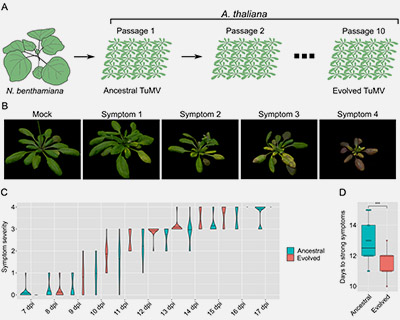 EPICOVIR
EPICOVIR
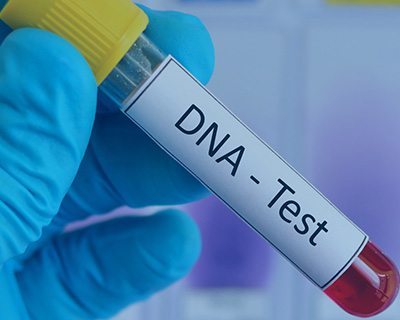 EOSAL_CLINIC
EOSAL_CLINIC
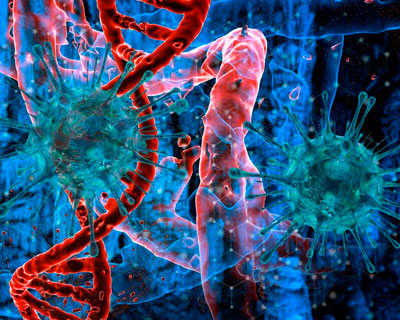 AICO
AICO
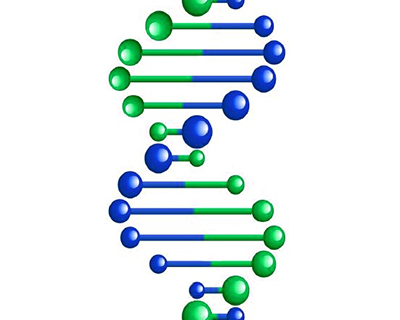 Advising for the project implementation of development of an application of authorship of a sequence listing of nucleotides and amino acids in ST26 format
Advising for the project implementation of development of an application of authorship of a sequence listing of nucleotides and amino acids in ST26 format
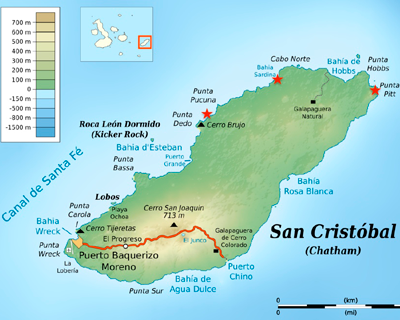 GALAPAGOS
GALAPAGOS
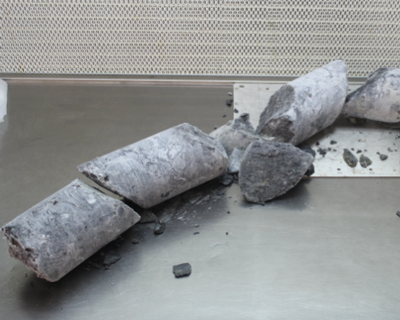 GOLLUM
GOLLUM










